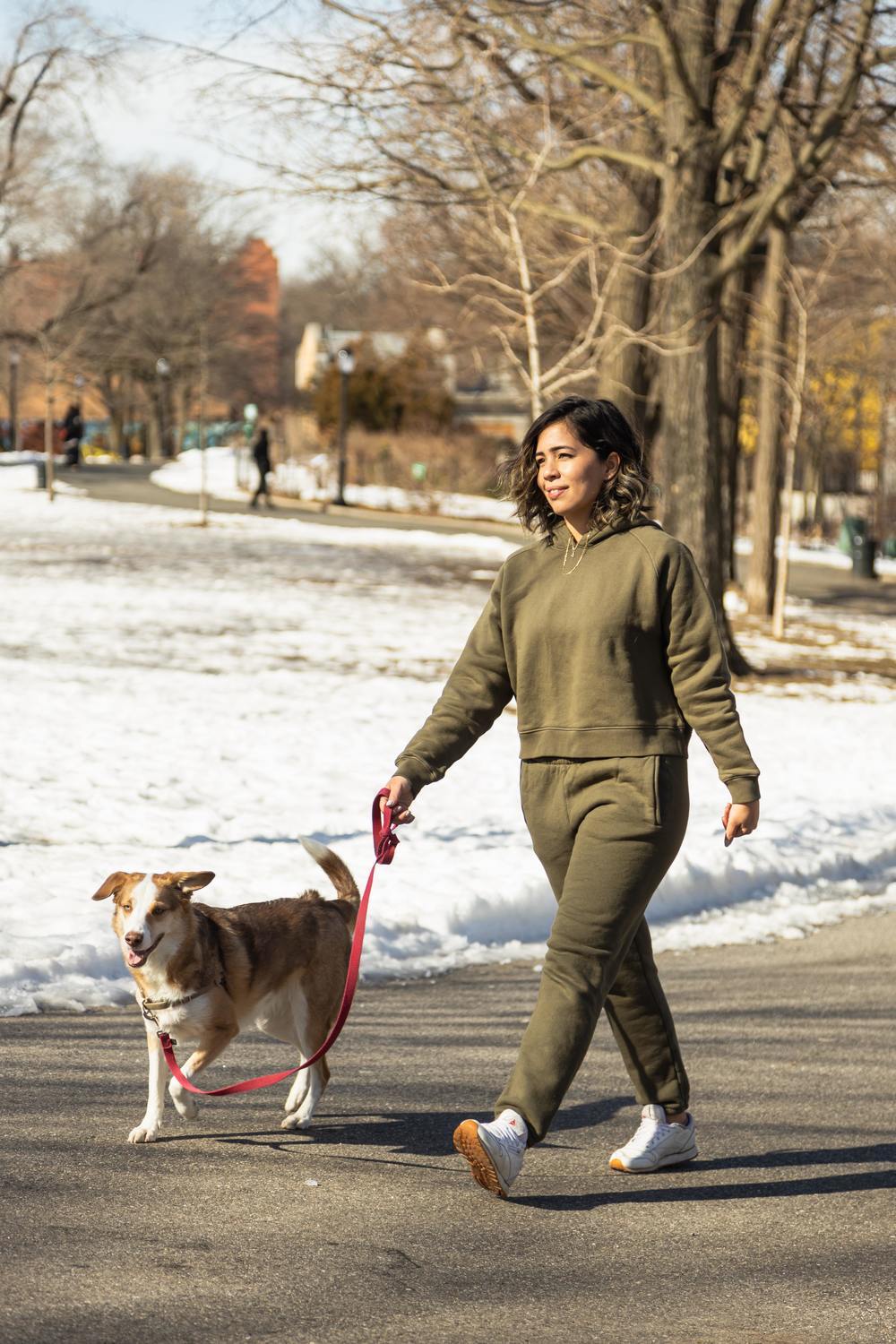The Importance of Regular Veterinary Check-ups for Dogs

Regular veterinary check-ups are crucial for maintaining your dog’s health and well-being throughout their life. Just like humans benefit from routine health checks, our canine companions need professional medical attention to prevent illness, detect health problems early, and ensure a long and happy life. These check-ups are a proactive investment in your dog’s overall health.
Preventative Care and Early Detection
Preventative care is the foundation of good canine health, and early detection is key. Regular veterinary visits allow your vet to take measures to actively protect your dog from various potentially serious diseases, and also catch any developing issues early. Vaccinations are a significant part of this. Your veterinarian will create a tailored vaccination schedule based on your dog’s age, lifestyle, and risk factors. These vaccinations offer protection against illnesses such as distemper, leptospirosis, adenovirus, parvovirus, parainfluenza, and kennel cough, as explained by Purina. If you’re planning on traveling with your dog, remember to research your destination’s regulations, well in advance, regarding vaccinations and health certificates.
Parasite Control
Beyond vaccinations, your vet will guide you on preventative measures against a range of parasites. This includes external parasites like fleas and ticks, which can transmit diseases, and internal parasites such as roundworms, hookworms, whipworms, and tapeworms. Regular fecal exams, as recommended by the MSD Vet Manual, are crucial for detecting and treating these intestinal parasites. Heartworm, a potentially fatal parasite transmitted by mosquitoes, requires year-round preventative medication and annual blood tests.
Dental Health
Dental care is another vital, yet often overlooked, aspect of a dog’s overall health. During a check-up, your vet will examine your dog’s mouth to assess the teeth and gums. Regular dental care is particularly important for older dogs, as dental problems can not only cause pain but also lead to more serious systemic issues due to bacteria spreading from the mouth.
The Physical Exam: A Head-to-Tail Assessment
A thorough physical examination is a core component of every check-up. This involves checking your dog’s weight, temperature, and listening to their heart and lungs. Checking the heart rhythm and sounds can help detect murmurs or other abnormalities that might indicate heart disease. Listening to the lungs allows the vet to identify unusual sounds like wheezing or crackling, which could be signs of respiratory problems. The vet will also examine your dog’s eyes, checking for signs of cataracts, inflammation, or other issues, and their ears, looking for infections or other problems. The American Veterinary Medical Association (AVMA) emphasizes how important these check-ups are.
Diagnostic Testing
If your veterinarian finds anything concerning during the physical exam, or based on your dog’s age and breed, they may recommend further diagnostic tests. These can include blood tests, urinalysis, and fecal exams. Blood tests can reveal a wealth of information, such as signs of kidney disease (by measuring waste product levels), liver disease, or diabetes. Urinalysis helps assess kidney function and can detect urinary tract infections. As highlighted by Whole Dog Journal, additional tests like X-rays and ultrasounds may be used to get a better view of internal organs.
Veterinary Care Through Life Stages
Veterinary care is tailored to your dog’s specific needs at each stage of life. Puppies need more frequent visits, adult dogs typically require annual check-ups, and senior dogs benefit from more frequent monitoring.
Puppyhood: Building a Strong Foundation
Puppy visits are particularly important because their immune systems are still developing. An initial check-up is recommended soon after you bring your puppy home, followed by a series of vaccinations to protect against common diseases. The vet will monitor your puppy’s growth and development, and provide advice on parasite control, nutrition, and training. These early visits, as explained by The Kennel Club, lay the groundwork for a healthy life.
Adulthood: Maintaining Health and Wellness
Most healthy adult dogs benefit from annual check-ups. These visits allow for continued monitoring of overall health, booster vaccinations, and parasite prevention. It’s also an excellent opportunity to address any emerging concerns you might have.
Senior Years: Proactive Care for Aging Dogs
As dogs age, they become more susceptible to various health problems. ‘Senior’ status varies depending on breed and size; smaller breeds tend to live longer and are considered senior later in life (around 9-12 years), while larger breeds may be considered senior as early as 5-6 years. AKC emphasizes that senior dogs benefit from more frequent check-ups, ideally every six months. These more frequent visits enable early detection and management of age-related conditions like arthritis, kidney disease, liver disease, and cancer. The vet may perform more comprehensive examinations, including blood tests, and closely monitor your dog’s overall health.
Partnering with Your Veterinarian
Regular vet visits are about more than just treating illness; they’re about building a strong partnership with your veterinarian. Open communication is key.
Your Observations Matter
One of the most important things you can do for your dog’s health is to be observant at home. Note any changes in your dog’s behavior, appetite, water intake, energy levels, or bathroom habits. Even seemingly minor changes, like increased thirst, slight limping, or decreased appetite, could be early signs of a problem. Don’t hesitate to contact your vet if you notice anything unusual; it’s always better to be proactive.
Open Communication
As highlighted by Whole Dog Journal, your relationship with your vet is a collaborative one. Don’t hesitate to ask questions and discuss any concerns you have.
Financial Planning for Veterinary Care
Veterinary care is essential, but it’s also important to be prepared for the associated costs. Pet insurance can be a valuable tool to help manage these expenses, particularly unexpected ones due to illness or injury. Different insurance plans offer varying levels of coverage, from basic accident-only plans to comprehensive plans that cover illnesses, surgeries, and even some preventative care. Research different providers and plans to find one that fits your budget and your dog’s needs. Another approach is to create a dedicated savings account specifically for your dog’s healthcare expenses. AAHA emphasizes the importance of preventative care, and financial planning can help you ensure your dog receives it.
A Lifelong Commitment to Well-being
Prioritizing regular veterinary check-ups is a vital investment in your dog’s long-term health and happiness. By preventing diseases, detecting problems early, and working closely with your veterinarian, you’re giving your dog the best possible chance at a long and joyful life by your side.


